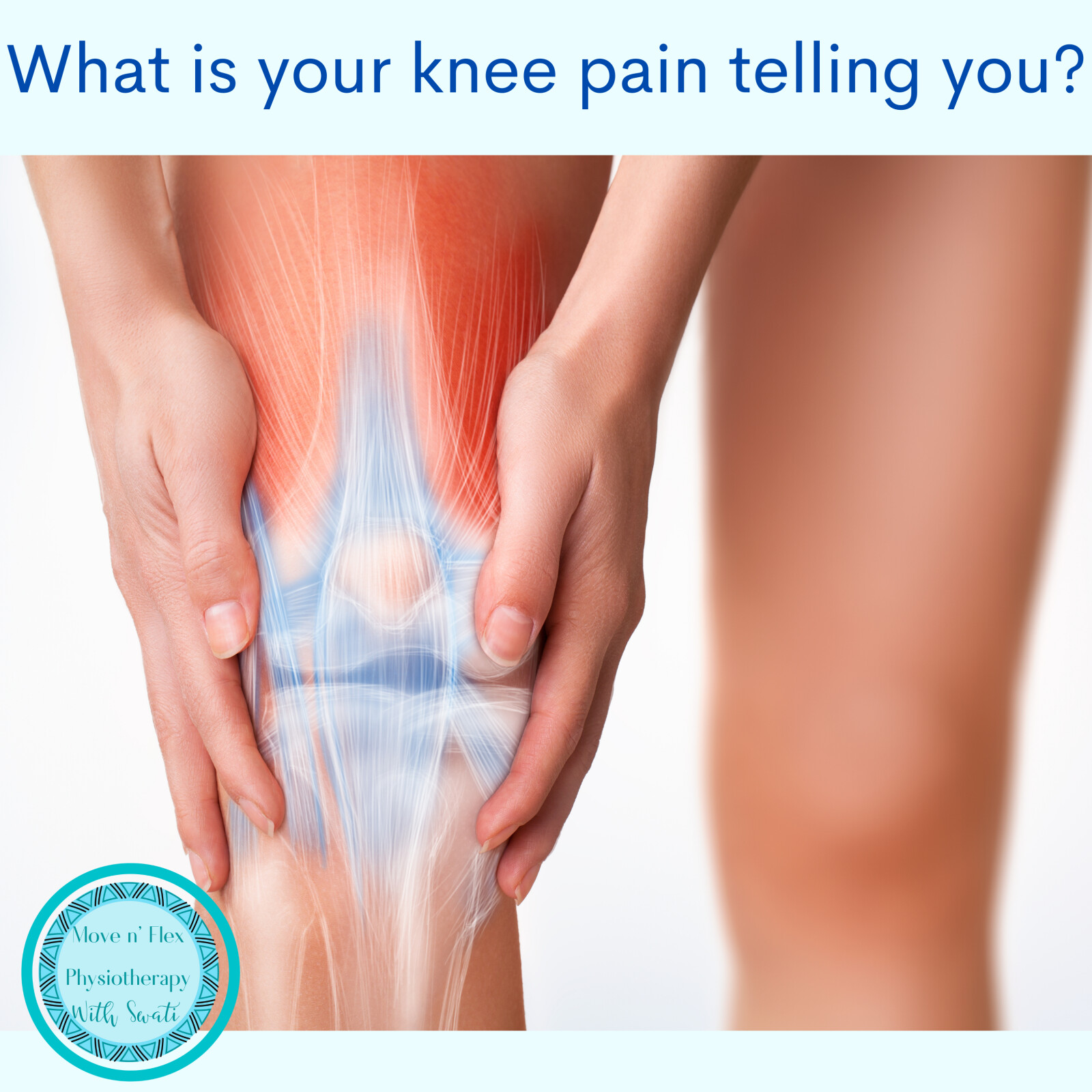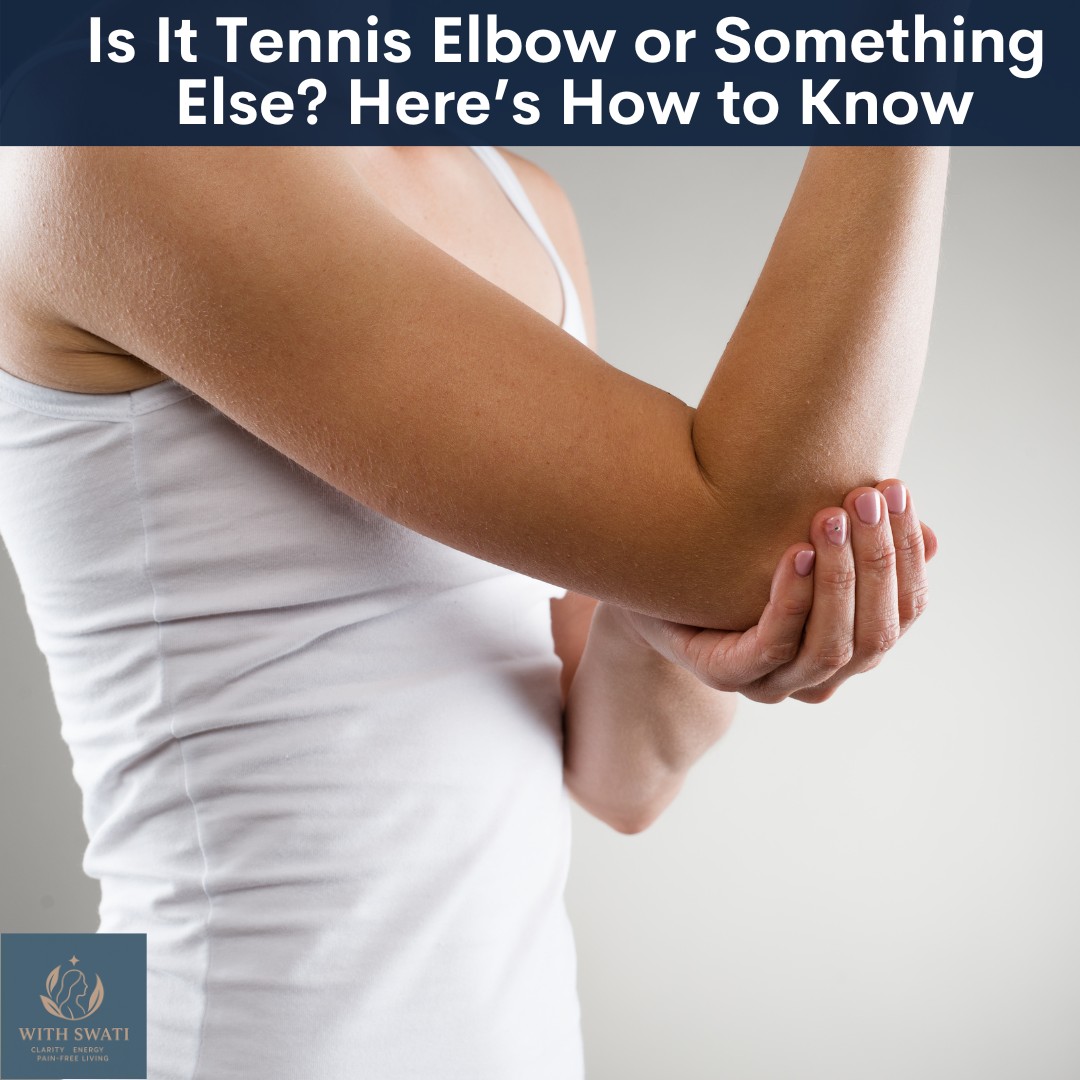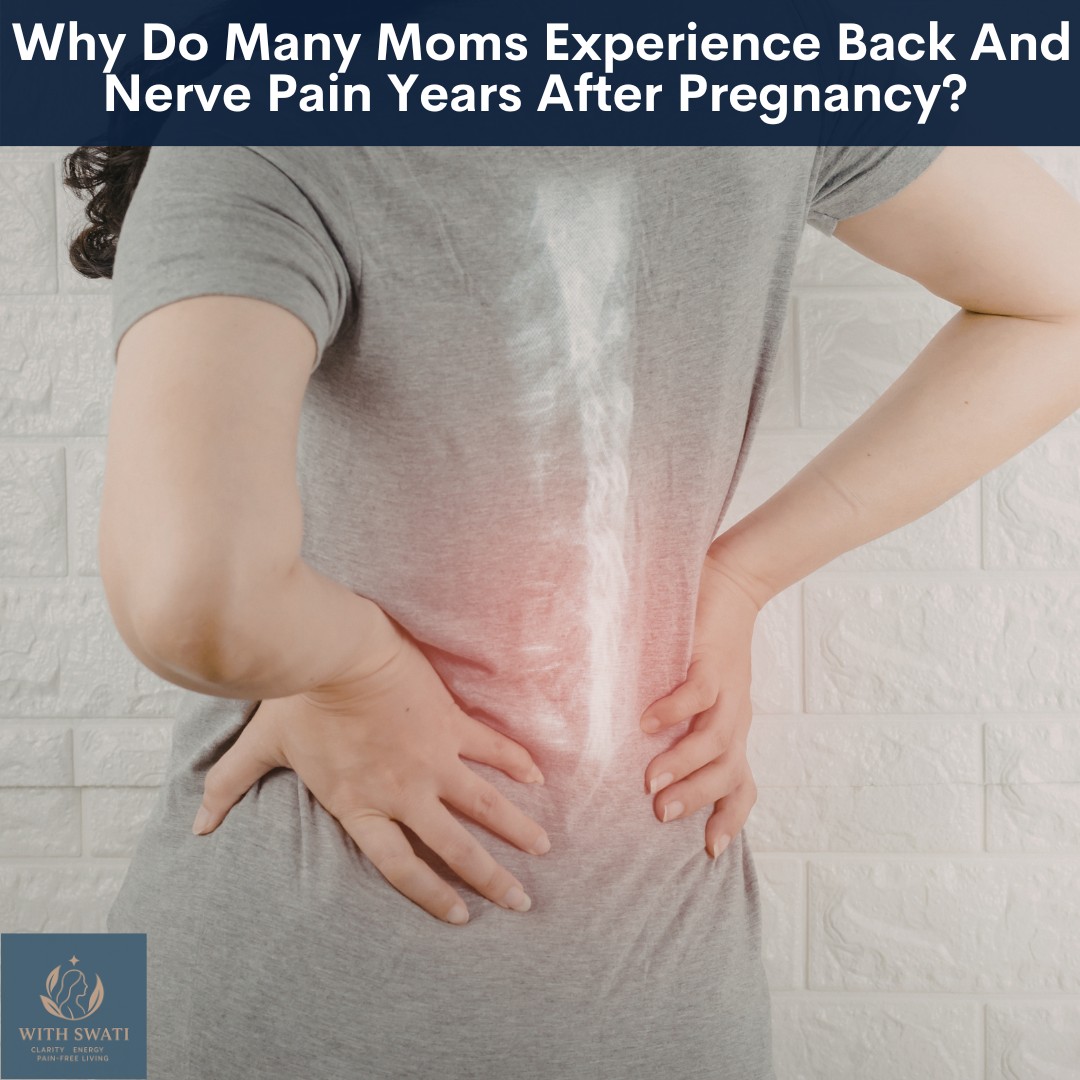
Have you ever suffered from knee pain? The knee is one of the most complex joints of the body. It has multiple structures within and around the joint such as the muscles, meniscus, cartilage, ligaments.
Let's talk about the different types of pathologies and how to know where the pain is coming from. If you understand the reason for your pain you can work on the treatment accordingly. Interestingly enough the location of the knee pain and the symptoms can give you an idea of what structures can be possibly involved.
Here are some of the common conditions seen in the knee joint:
Patellar tendinopathy or Jumper's knee:
- Pain is present on the patellar tendon located between the knee cap and the shin bone.
- There is usually pain or swelling just below the kneecap. Tenderness can be seen on the lower end of the kneecap, patella tendon or the tip of the shin bone (known as tibial tuberosity)
- Pain occurs at the start of an activity and it will settle after a warm up or after the activity starts.
- Aggravating activities involve jumping such as sports like volleyball, basketball, or a sudden change in direction when running or deceleration.
Patellofemoral syndrome or runners knee:
Patellofemoral joint is the joint present between the long bone of the thigh and the knee cap.
- Pain presents in the front of the knee and just behind the patella or knee cap.
- Onset can be sudden or secondary to trauma to the knee.
- Weakness maybe seen on the inner part of the quadricep which is known as the vastus medialis muscle or VMO.
- Clicking sounds can be felt under the patella when bending the knee.
- Aggravating activities are climbing up or down the stairs or running downhill.
Quadricep tendinopathy:
Quadriceps are the main muscles controlling the knee, the ones that help to extend or straighten out your leg at the knee joint.
- Pain or swelling just above the knee cap.
- Tenderness on quadricep tendon and upper part of the kneecap.
- Pain occurs at the start of an activity and it settles quickly after warmup. However, it does return after activity.
- There can be a generalised weakness of the quadriceps muscle.
- Aggravating activities are jumping such as sports like volleyball, sudden change in direction when running or deceleration (slowing down).
I discuss more of these conditions in my free guide: "What is the source of your knee pain?" Click HERE to get the free guide.
Also, if you like this blog and want to be notified about new blogs as soon as they are published, subscribe to my mailing list below.
I would love to see you around the internet! For other places you can explore more about me: https://withswati.com/page/link















0 Comments